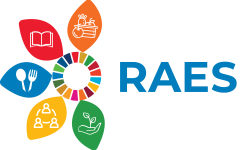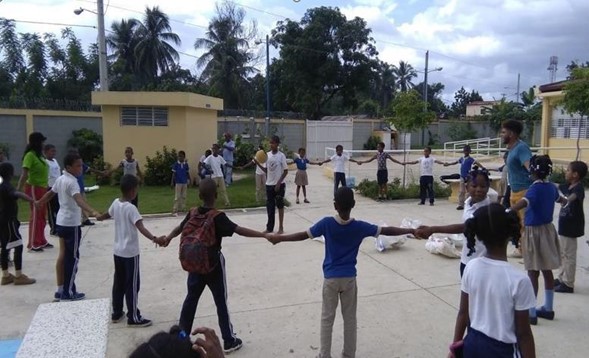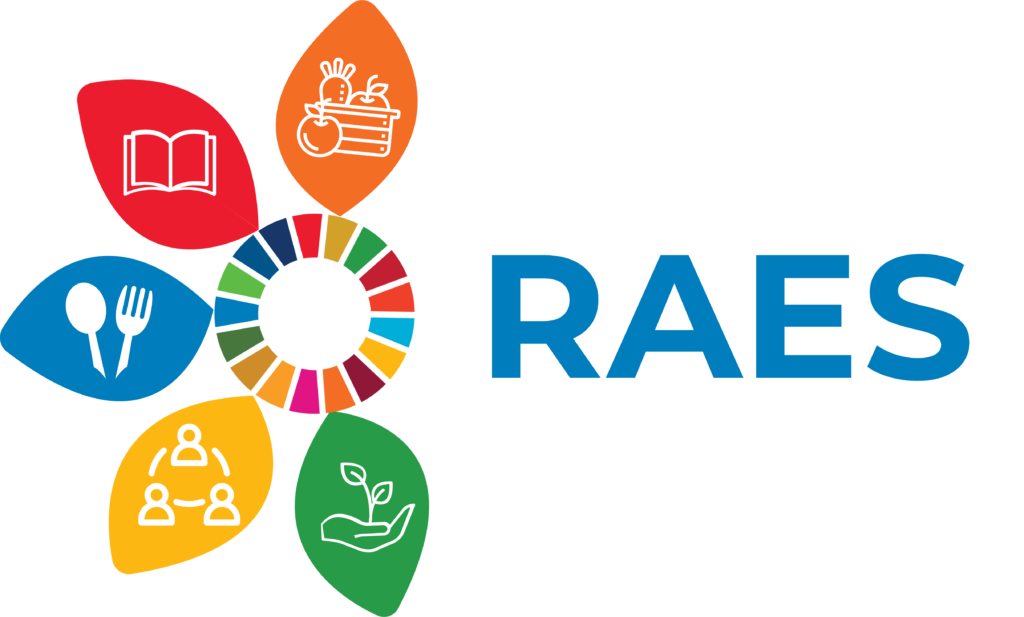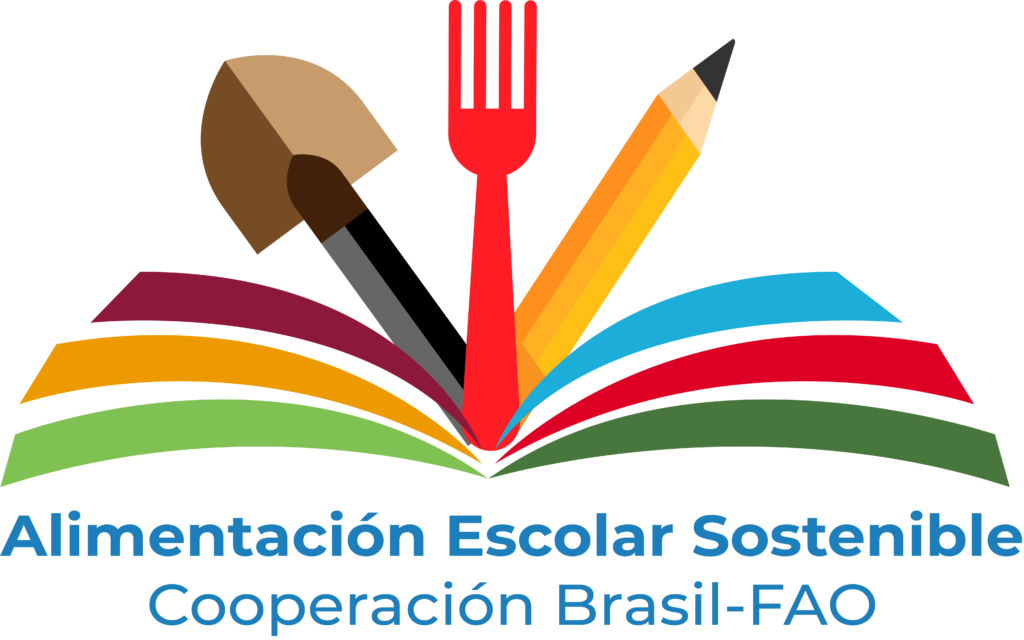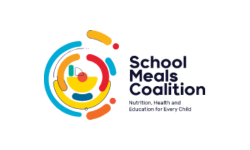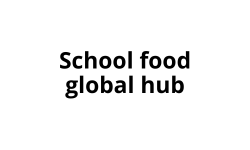Background
In 2012 in the Dominican Republic, the Extended School Day (JEE, for its acronym in Spanish) began to be implemented in the public education system. Since then, students receive breakfast, lunch and snacks from the School Feeding Program in schools, which is executed by the National Institute for Student Welfare (INABIE, for its acronym in Spanish). This implies a considerable change in the diet of students.
In 2014, INABIE created the System for School Food and Nutritional
Surveillance (SISVANE), with the aim of measuring the nutritional impact of the school feeding program on the students, as well as promoting healthy eating habits and working to measure and reduce malnutrition in the school community. The information obtained motivated the creation of the SISVANE National Board, which is made up of the institutions that work on themes related to food and nutrition.
Developed activities.
- Training for physical education teachers, nutrition technicians and health professionals from primary care centers.
- Gathering information for 8 consecutive years.
- Meetings of local and national boards to coordinate interventions.
- Workshops in guided recreation and active breaks for students.
- Meetings with fathers and mothers of students identified with malnutrition.
- Students identified with malnutrition are indicated to primary care centers.
- Home visits to families of students underweight.
- Delivery of nutritional supplements to students underweight.
- Intervention days aimed at promoting healthy eating, physical activities, and strengthening self-esteem of the students.
- Correlation of nutritional data with academic performance, according to a project developed by the Dominican Institute for Evaluation and Research of Educational Quality (IDEICE, for its acronym in Spanish)
The results were the following:
Table 1: Relationship of academic performance with nutritional status
The results suggest that students in a state of malnutrition obtain lower results in the two subjects evaluated in the diagnostic test.
- In collaboration with the Ministry of Public Health, a national baseline is being developed, the “Nutritional Status of the beneficiary students of the School Feeding Program – ENPARD 2021 – 2022”. The results obtained will allow regionalized modifications to be made to the menu of the School Feeding Program, as well as the development of an inter-institutional response strategy.
4. Methodology.
- The implementation of this system is carried out in 3 phases:
- First phase: Raising awareness and training the actors involved
- Second phase: Gatheringnutritional information, data analysis and dissemination of results.
- Third phase: Promotion, prevention and specialized care for students identified with health and nutritional disorders.
5. Institutions and actors involved.
- Ministry of Education, Ministry of Public Health, National Health Service and INABIE.
- Non-Governmental Organization
6. Quantitative data
Table 2: Results of SISVANE 2014 – 2020
| Estado nutricional de los escolares y adolescentes. Cantidad de centros educativos y escolares evaluados. SISVANE 2014-2020. | ||||||
| AÑO ESCOLAR | BAJO PESO – 2DE | NORMOPESO – 1.99, 0,99 DE | SOBREPESO 1.0-1,99 DE | OBESIDAD ≥2.0 DE | TOTAL ESCOLARES EVALUADOS | CANTIDAD DE CENTROS EDUCATIVOS |
| 2014-2015 | 4,37 | 72,9 | 17,11 | 5,6 | 2,261 | 15 |
| 2015-2016 | 3,56 | 79,2 | 12,39 | 4,41 | 4,053 | 26 |
| 2016-2017 | 2,73 | 80,6 | 12,39 | 4,46 | 4,377 | 26 |
| 2017-2018 | 2,95 | 79,2 | 12,7 | 5,95 | 3,979 | 26 |
| 2018-2019 | 3,1 | 70,9 | 15,8 | 9,8 | 19,907 | 55 |
| 2019-2020 | 3 | 71,3 | 14,8 | 10,4 | 16,819 | 50 |
7. Description of the beneficiaries.
This System is aimed at the educational community with emphasis on students of the public educational system, at the initial, primary and secondary levels, in the Extended, Urban, Border and Rural School Day modalities.
8. Results.
The results obtained establish that overweight and obesity have become important public health problems in the school population. SISVANE represents an important component of the School Feeding Program as a tool to combat malnutrition and strengthen Food and Nutrition Education.
9- Advances.
- Inter-institutional coordination through the SISVANE Board.
- Publication of the “Guide for prevention and comprehensive management of overweight and obesity in childhood and adolescence”, produced by the Ministry of Public Health in 2020.
- Development of the ENPARD research project together with the Ministry of Public Health to find out the nutritional status of student beneficiaries of the SFP at the national level.
10.Challenges
- Implement a global Food and Nutrition Education (FNE) strategy.
- Strengthening of the technical teams.
- Provide anthropometric equipment to schools to ensure closer monitoring of students.
- Scaling of the strategy at the national level.
- Photos.
Anthropometry
Medical consultation
Nutritional Counseling
Directed recess
